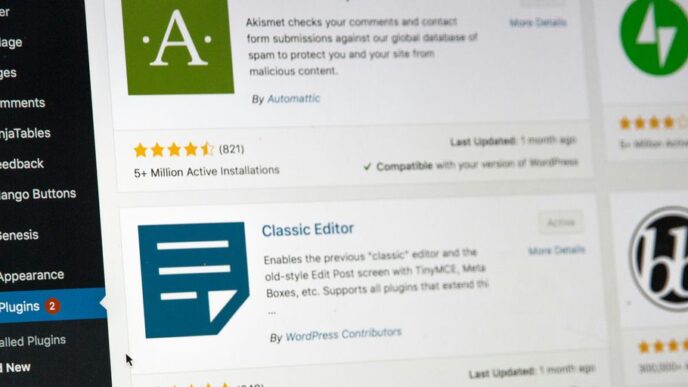In the domain of Human-Machine Interaction (HMI), the transformation of web-based interfaces has changed the approach that users employ in interacting with machines in different domains. Web-based HMIs provide you with unlimited flexibility and freedom, allowing you to control and monitor systems from any location using any device connected to the internet. Nevertheless, for a user to have a perfect user experience, one has to use customization and personalization. This paper will consider the role of customization and personalization to Web HMI and how UI tailored to user preferences can enhance usability and satisfaction, focusing on the prospects of users making the most out of the technology.
Customization and Personalization of Web HMIs
Customization and personalization are two terms that are typically used in place of the other, but they mean different things in the realm of Web HMIs. Customization is the flexibility for users to change few parts of the interface like layout, colors, and widgets, to fit their requirements and work style. However, the personalization is the process when the system dynamically adjusts to the individual user’s characteristics, behaviours, and preferences in order to provide the individualized experiences.
Customization Features for Users
The customization options in Web HMIs enable users to customize their interfaces in the way they like.
- Widget Configuration:Allowing the users to rearrange, add or remove widgets on the interface so that relevant information is prioritized.
- Color Themes:Offering user choices of different color schemes or the ability to custom colors to meet their personal preferences or adjust accessibility requirements.
- Layout Options:Providing flexibility in layout configurations, such as grid or list views, resizable panels, and adjustable column widths, to maximize screen real estate and usability.
Advantages of Personalization in Web HMIs
Personalization goes further than customization by using data and user input to adapt the interface in real-time. Personalization features in Web HMIs can include:
- User Profiles:Permitting the users to create profiles which allow them to save their preferences, settings, frequently used configurations and also easily access them throughout the sessions for consistency.
- Adaptive Interfaces:Dynamically changing interface elements, content, and functionalities according to user action, choice, and context to make the user flow smooth and efficient.
- Contextual Recommendations:Offering customized recommendations, shortcuts, or recommendations and using predictive analytics to know what the user wants before they even need it to improve productivity.
Enhancing Usability and Satisfaction
The integration of customization and personalization features in Web HMIs offers several benefits that contribute to improved usability and user satisfaction:
- Tailored Experiences:Web HMIs enable users to customize their interfaces and personalize their experiences; this makes them work more efficiently, lowering the cognitive load and minimizing errors.
- Increased Engagement:Personalization and customization help to create a feeling of ownership and involvement in the interface so that user engagement and adoption rates are improved.
- Improved Productivity:Customized interfaces accommodate individual customers’ own workflow and preferences, which means faster access to relevant information and activities, and in the end better productivity and performance.
Challenges and Considerations
While customization and personalization offer significant benefits, there are challenges and considerations to address:
- Complexity:Too much customization possibilities can lead to complex interfaces which may confuse users. A compromise between flexibility and simplicity is a critical factor in doing the It.
- Privacy and Security:Personalization is based on gathering and processing user data which leads to privacy and security issues. Web HMIs should comply with privacy policies and apply strong security measures to protect user data.
- Performance:Dynamic personalization functionality may introduce overhead that will affect system performance. Optimization techniques and high-performance algorithms are fundamental to ensure that the system is responsive and scalable.
Conclusion
But customization and personalization significantly improve user experience and satisfaction in Web HMIs. Web HMIs can optimize usability, improve user engagement, and enhance productivity by allowing users to personalize interfaces to their desires and dynamically adjusting to their requirements. Nonetheless, it is essential to find the right balance between the customization options and simplicity, solve the issues of privacy and security, and implement the strategies to optimize the performance that would help the user to have a smooth and pleasant experience. With thoughtful design and implementation, Web HMIs can provide user-specific experiences, which caters to the different requirements of users in various domains and industry sectors.












